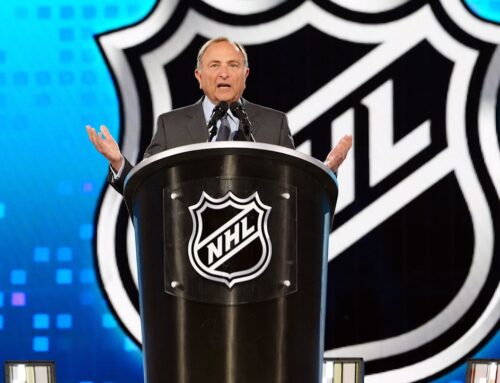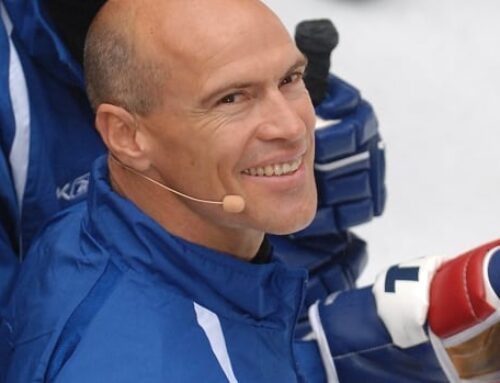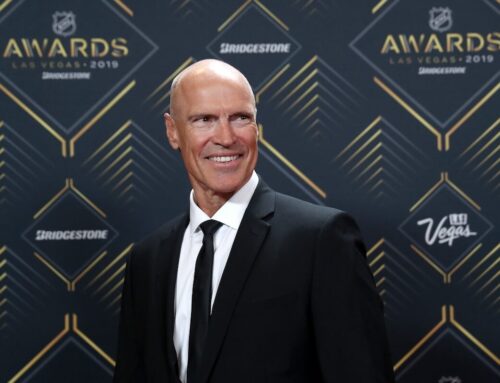Lalley: Noem’s murky version of renewable energy
September 23, 2024
Gov. Kristi Noem is correct.
The governor’s people
shot out a release on Thursday
stating that our nation should pursue an “all of the above” energy strategy.
It’s a difficult concept to argue with, that as the world continues to grapple with the implications of a warming planet, the influence of carbon-based energy sources on that warming, and the potential for human beings to do anything about it, employing a mix of options makes sense.
ADVERTISEMENT
Except that’s not really what Gov. Noem is saying.
Digging further into the release and the background it becomes clear that the reason behind the effort is a political statement, a status-quo expression of partisanship rather than environmental policy.
There’s nothing inherently wrong with that, nor is it particularly surprising.
The representation of South Dakota, however, is disingenuous at best.
The impetus for Noem’s declaration was the forming of the
Governor’s Coalition for Energy Choice.
The 10 members are all Republicans, led by Govs. Jeff Landry of Louisiana and Chris Sununu of New Hampshire.
“The Coalition will help state leaders formulate smart energy policies that will benefit working families, businesses, and our communities,” the release reads.
The underlying theme of Noem’s position and the other nine governors is that government mandates are bad energy policy and state’s should be able to navigate the best options for the citizens.
ADVERTISEMENT
Which brings us back to South Dakota specifically, where things get, shall we say, murky.
First, Noem never mentions solar, which if you’re an “all of the abover” seems a notable omission.
The governor says that
used in South Dakota comes from renewable sources, according to the U.S. Energy Information Administration.
“South Dakota is the number one state in America for production of renewable energy, not because we mandate it, but because we trust our energy producers to create the most energy for South Dakotans at the lowest cost. The entire nation should take that same approach,” Noem says in the release.
That’s good news.
It’s also a misrepresentation of why that is.
First off, for decades South Dakota’s leading source of renewable energy came from the dams on the Missouri River. The power plants for three of those dams sit in the state. The fourth, Gavin’s Point, is in Nebraska.
ADVERTISEMENT
Marcus Traxler / Mitchell Republic
Hydropower contributed more than half of the state’s total electricity generation in 2019. That dropped to about 20 percent in 2023 due in part to drought conditions, according to the same data cited by the governor.
Why is that important in this context?
The dams were built, and are operated by, the U.S. Army Corps of Engineers, a.k.a. the federal government.
The biggest change in recent years in South Dakota’s renewable energy portfolio is wind, which in 2023 was responsible for three times the electricity as hydropower.
The rise of wind in South Dakota has been herky jerky, to be sure. While the proliferation of turbines is significant, and observable while driving north on Interstate 29 and elsewhere, we were not leaders in this regard.
It’s been a decades-long journey marked by state government skepticism and the challenges of the electric grid.
It could be reasonably argued that it was government mandates in Minnesota and Iowa that drug the utility companies into the business in a significant way and led to infrastructure improvements that opened eastern South Dakota’s breezy plains to the broader wind market.
ADVERTISEMENT
A variety of federal tax credits over the years didn’t hurt.
There has been, and continues to be, private investment in wind power. But the major players are public utilities – Minnesota-based Xcel Energy – and non-profit cooperatives such as Basin Electric Power.
It’s an extremely complex and regulated industry that is vital to our growing energy needs.
Wind energy is booming and that’s great.
To suggest, however, that it’s the result of South Dakota’s hands-off approach to development does not reflect reality.
One of the reasons we have such a high percentage of renewable energy use is because we have so few people. To the extent we have lower costs is because of regulation, not the lack of it.
The governor notes that nationally
gas prices are up 51.3 percent
and
electricity prices are up 30.1 percent
since January 2021.
ADVERTISEMENT
Gas prices are a fickle beast.
The
historic high in South Dakota was $4.796
for a gallon of regular on June 16, 2022, according to AAA. The surge was driven by a few factors, including post-pandemic demand and the Russian invasion of Ukraine.
Gas was cheap in early 2021 because nobody was driving anywhere coming out of the pandemic.
Today, the average price for a
gallon of regular in South Dakota is $3.092,
down nearly a buck from a year ago. In Sioux Falls, the average price is $2.896, according to AAA.
Yes, electricity prices have gone up nationwide, due to demand for pretty much everything we use, but the price is regulated by the Public Utilities Commission.
There’s no doubt that when it comes to electricity, we’re going to need more “all” for the “above.”
Which is why it’s so perplexing when the governor decides to thumb her – and by extension our – nose at real efforts to conserve energy and thereby save money.
ADVERTISEMENT
And it makes no sense that we – and here that means the Public Utilities Commission – are so blind to the benefits of net metering to encourage the expansion of residential solar.
The Noem administration recently declined about $70 million
in federal money to make South Dakota homes more energy efficient. The money could have been used for improvements such as new windows or a heat pump. These are fairly simple steps that can make a real difference in energy costs for homeowners.
South Dakota was the only state to say no.
Net metering is the system by which homeowners who produce electricity, usually from solar panels, can sell any extra power back to the utility company.
Kampan – stock.adobe.com
Minnesota has it.
Iowa has it.
We ain’t got it.
I’ve had these conversations with PUC commissioners who insist it’s not a good deal for the utility companies.
But Minnesota has it.
Iowa has it.
Why can’t we get it?
Net metering would be a huge step forward for people who want to use solar power in South Dakota. It makes it pay.
If you combine an electric vehicle with home solar panels you can drop your daily transportation costs to near zero.
Which brings us back to Gov. Noem and her “all of the above” commitments.
What Noem, and the other nine governors, are suggesting without saying it is “drill baby drill,” meaning we shouldn’t change our lifestyles, we shouldn’t innovate to find cleaner, more efficient ways to power our lives, as long as there might be oil out there somewhere.
The thing is, “all of the above” doesn’t mean you can’t drive a gas-powered F-150.
It doesn’t mean we all have to drive one of those weird looking Tesla trucks.
But what if we could use more solar, more wind, more geothermal and even nuclear power to produce more electricity without burning more coal and fuel oil and natural gas?
What if we manage all these sources of energy in a way that makes the most sense rather than clinging to a mantra of consumption for the singular purpose of pledging allegiance to a person? A person, by the way, who if his statements on the presidential campaign trail are to be believed, really doesn’t like wind power.
It was just one press release from the governor’s office.
It’s not a major proposal or even a suggestion of an actual policy.
It’s possible that Noem didn’t even read it.
A governor’s position on major issues of the day should mean something. It’s not exactly clear what joining a coalition of like-minded politicos says about Noem’s thoughts on energy policy, one of the major challenges of our day.
But it’s certainly not all of the above.
Search
RECENT PRESS RELEASES
Related Post




